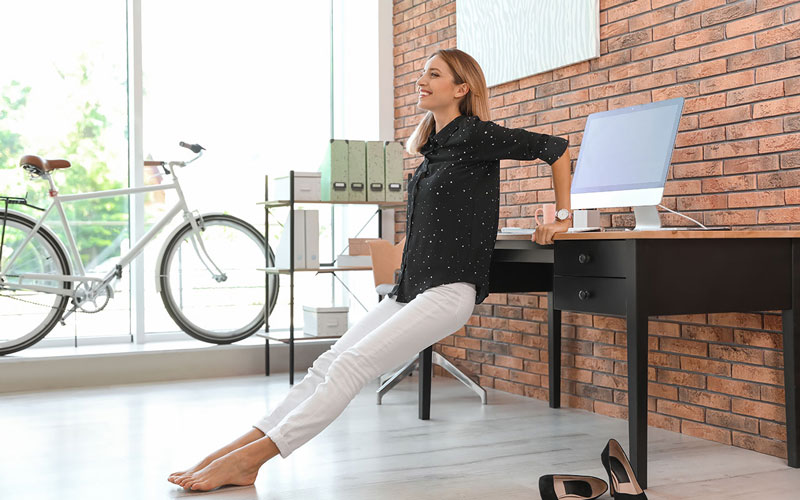Senior Fitness And Active Lifestyles

Fitness for Older Adults
Staying active as you age has many health benefits. Regular physical activity keeps down your blood pressure and cholesterol levels. It also helps you maintain a healthy body mass index (BMI). This in turn lowers your risk for health conditions like cardiovascular disease and type 2 diabetes.
According to the Centers for Disease Control and Prevention, older adults who stay physically active have better-quality sleep, fewer symptoms of depression, and reduced cognitive decline. Exercise and strength training can help with balance and coordination, which reduce your risk of fall and injury.
It’s easy to get moving. Try these simple tips to get started. Always be sure to check with your doctor before starting any new fitness routine.
Get Active
If you are not currently physically active and are worried about easing back into a more active lifestyle, talk with your doctor. They may recommend you see a physical therapist that can help you plan an exercise program or monitor you while you exercise.
Build Up
Your goal is 30 minutes of daily exercise. But it doesn’t have to be done all at once. Three 10-minute sessions are just as effective and may be easier depending on your fitness level. As you become stronger, you can increase to two 15-minute periods and move up to a full 30-minute session.
Know What You Can Handle
You don’t have to run a marathon to be fit. Find an activity, whether it’s solo or with a team, that meets all your expectations for fitness and enjoyment. Walking is ideal for many seniors. It doesn’t require special equipment other than good shoes, and you can do it anywhere, anytime, and during any season. The key to staying active is interest in your activity. Many senior centers and national gyms offer yoga or tai chi classes. These can help with balance and flexibility. Water aerobics is another great option. It’s low-impact and ideal for adults with knee or foot problems, muscle pain, or joint limitations. Read more
Source: (healthline)









